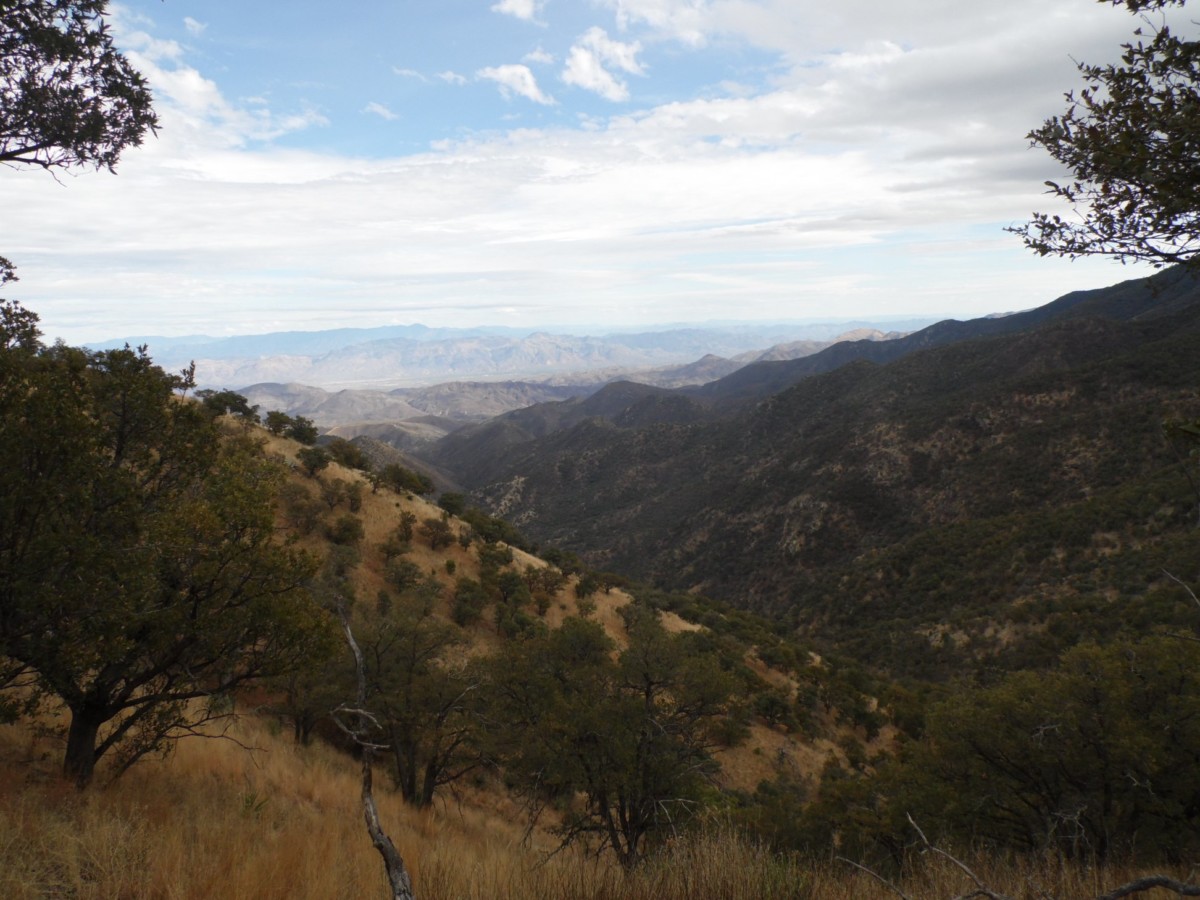Did you know that Mexico has a system of natural protected areas? However, the Mexican land system looks and acts very different than the American public lands system.

Courtesy of National Commission of Natural Protected Areas (CONANP) website http://sig.conanp.gob.mx/website/interactivo/anps/
In Mexico, the government agency in charge of overseeing conservation actions is the Secretariat of the Environment and National Resources (SEMARNAT). SEMARNAT regulates natural resource management through a vision that is much more focused on sustainable development and management of nature as “resources for the common good” rather than on the inherent values of those natural resources. Therefore, natural protected areas can still have resources extracted from them and people and industries can own property within them. However, these lands have an additional layer of regulation that residents and industries must abide by.

Rancho La Mesa del Retiro in Sierra La Madera, a private property inside Bavispe Natural Protected Area. Photo courtesy of Mirna Manteca
The National Commission of Natural Protected Areas (CONANP) is the branch of SEMARNAT charged with implementing the regulations which limit the development of Natural Protected Areas and promote wildlife conservation and best practices among users within federally protected areas.
However, public lands are scarce in Mexico so effective conservation must also involve private and communal lands, known as ejidos. One way some of these private lands and ejidos have added to the conservation efforts is by certifying as Areas Destined Voluntarily for Conservation (ADVC) thereby adding land to the National System of Protected Areas.
To read more about current conservation efforts in Mexico follow this link
Source: Villareal, M. L., Haire, S.L., Bravo, J.C., Norman, L. M. (2019) A Mosaic of Land Tenure and Ownership Creates Challenges and Opportunities for Transboundary Conservation in the US-Mexico Borderlands. Case Studies in the Environment, DOI: 10.1525/cse.2019.002113

